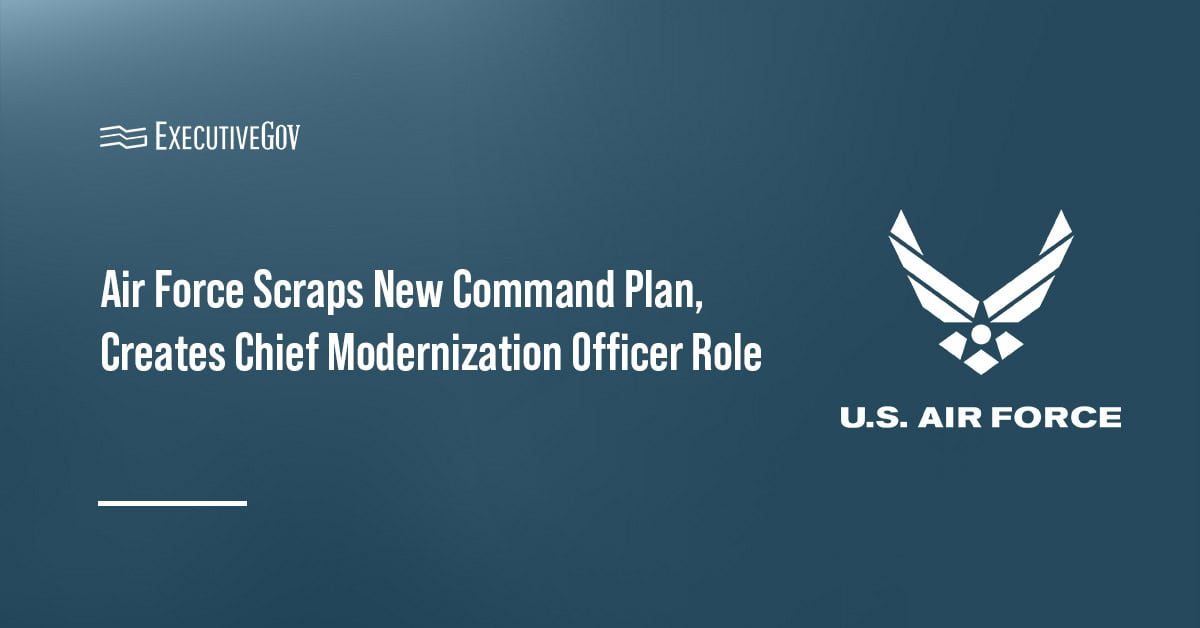The U.S. Air Force has discarded its plan to establish a major new command dedicated to setting requirements and modernizing its weapon systems, choosing instead to consolidate these functions within an existing department, Breaking Defense reported Wednesday. The service will simultaneously create a new senior executive role, the chief modernization officer, to direct strategic efforts.
Table of Contents
How Will Modernization Leadership Be Consolidated?
The functions originally designated for the abandoned Integrated Capabilities Command will be absorbed by the Air Force Futures organization. This transfer of responsibilities is scheduled for completion by April 2026.
The newly created CMO position will serve as the principal leader of these newly integrated activities. The role’s mandate is to guide critical modernization processes across the service, focusing on four primary areas:
- Strategy and force design
- Mission integration and mission threads
- Capability development and requirements
- Prioritization of modernization investments
Air Force Secretary Troy Meink stated that this organizational realignment is intended to produce faster results.
“This restructuring will accelerate the delivery of combat power, improve efficiency, and shorten the decision timeline,” he explained in the service’s official announcement.
Leading the organizational transition of A5/7 will be Maj. Gen. Christopher Niemi, who previously commanded the Air Force Warfare Center at Nellis Air Force Base.
Why Is the Air Force Reversing a Key Overhaul Initiative?
The decision marks a significant pullback on a core component of the Biden administration’s “reoptimization” plan, a sweeping effort intended to overhaul how the service defines its requirements for acquiring new warfighting capabilities.
The ICC was activated on a provisional basis in 2024 with a defined mission: to test various operational concepts, align the development of new capabilities and generate unified demand signals for necessary system improvements. Following a service-wide pause on the reoptimization efforts earlier this year, a review concluded that moving forward with a permanent ICC was no longer the optimal path. The service’s assessment of other elements of the broader overhaul, which includes initiatives for the Space Force, remains ongoing.
Strategic and Leadership Context
The drive to reoptimize the service has been linked to recent changes in senior leadership. Reports indicate that disagreements over the overhaul contributed to the departure of former Air Force Chief of Staff Gen. David Allvin. Gen. Kenneth Wilsbach, former head of Air Combat Command, has since been nominated as the successor.
Commenting on the service’s strategic outlook, Secretary Meink has publicly shifted the focus away from the common nomenclature of “great power competition.” Speaking at a conference in September, he underscored the need for measurable outcomes, stating that the primary objective for the Air Force must be achieving success. He concluded simply, “we need to be able to win, period,” emphasizing readiness and modernization above geopolitical frameworks.





